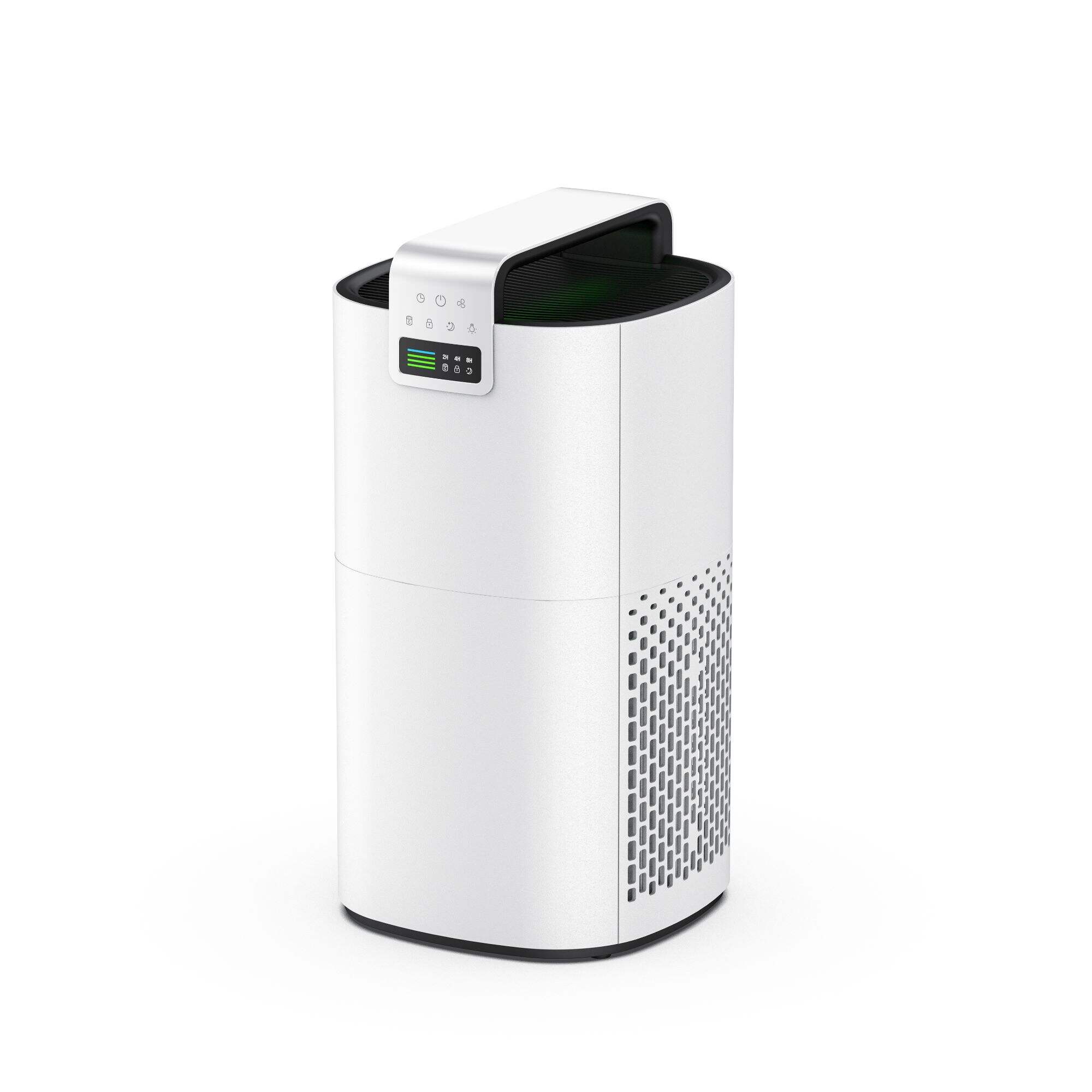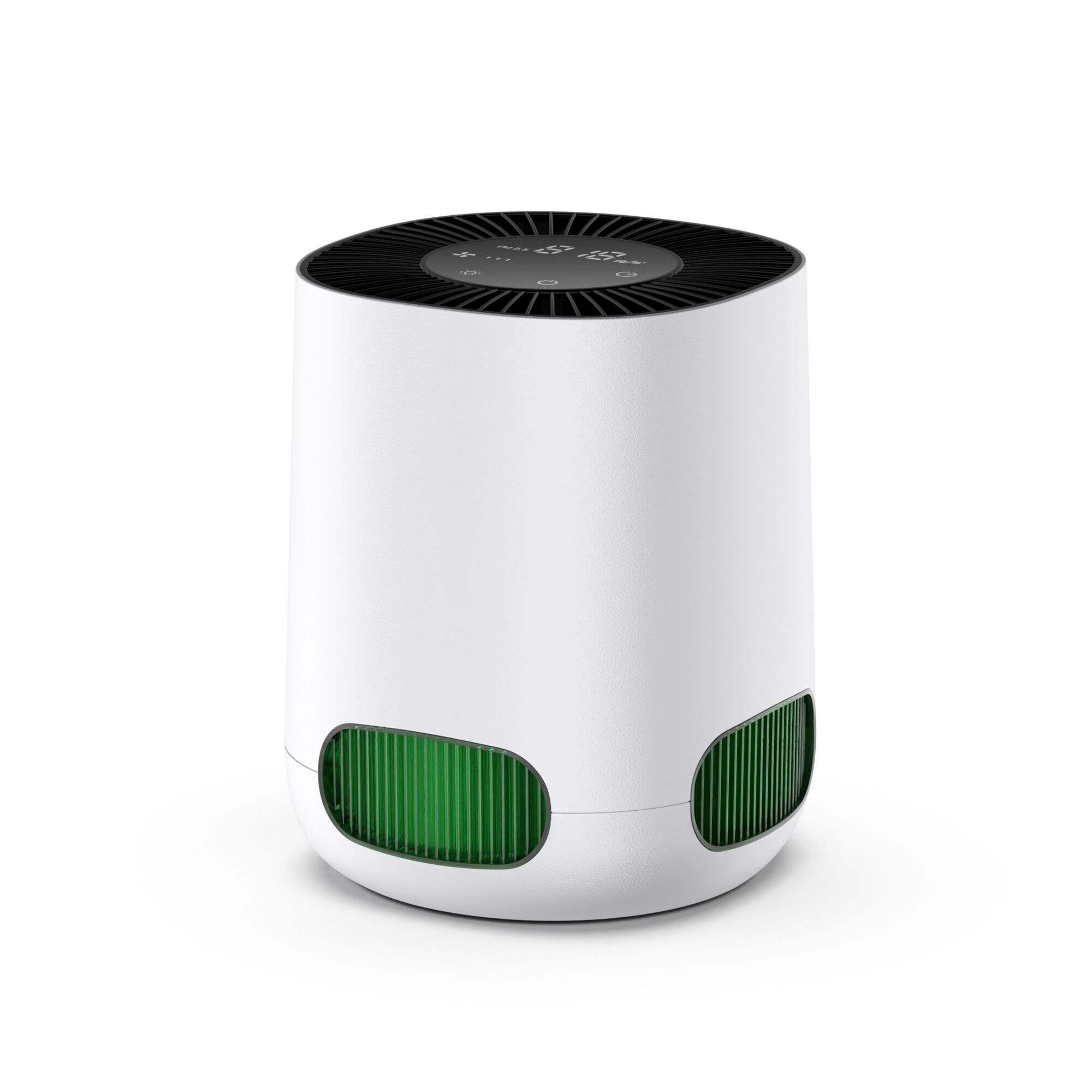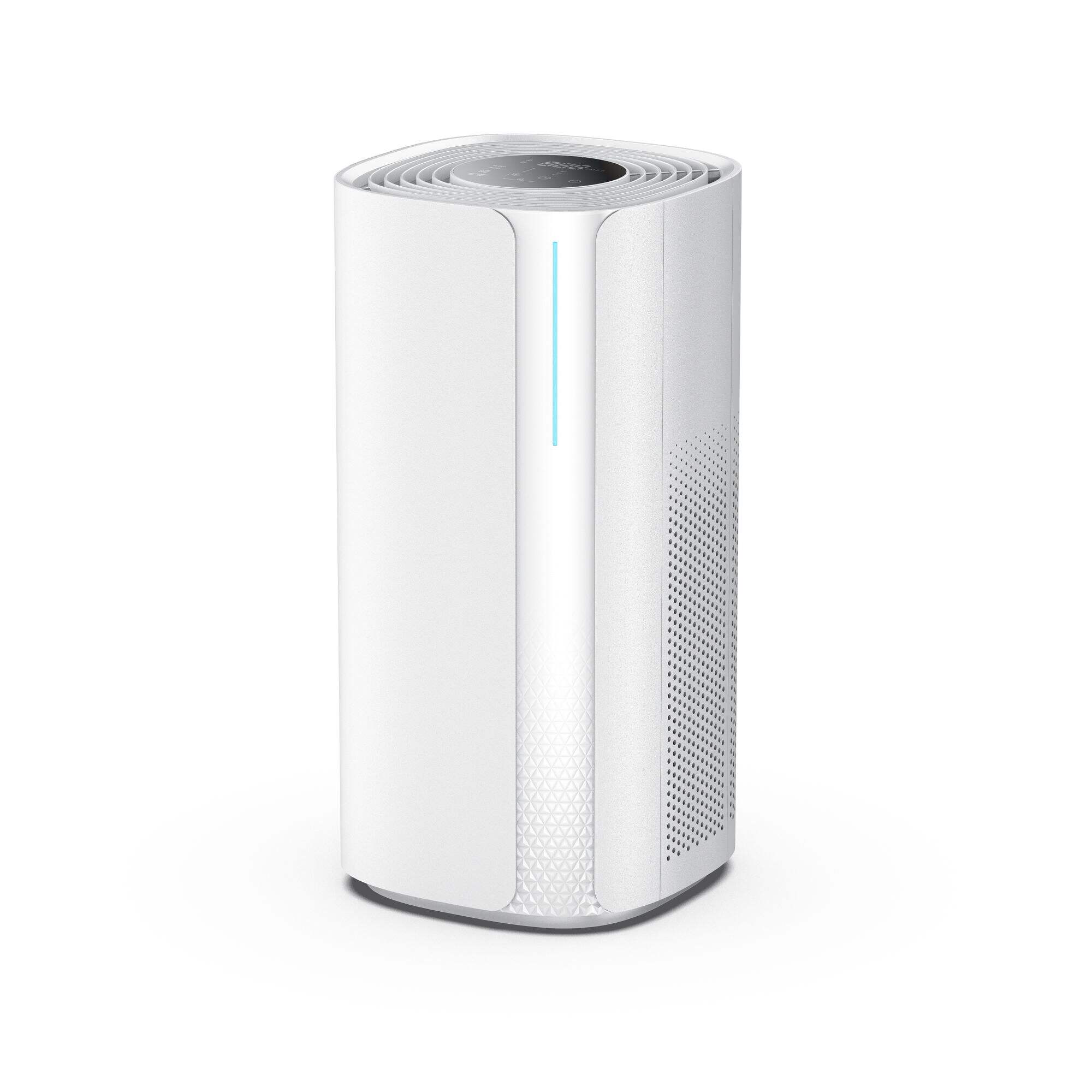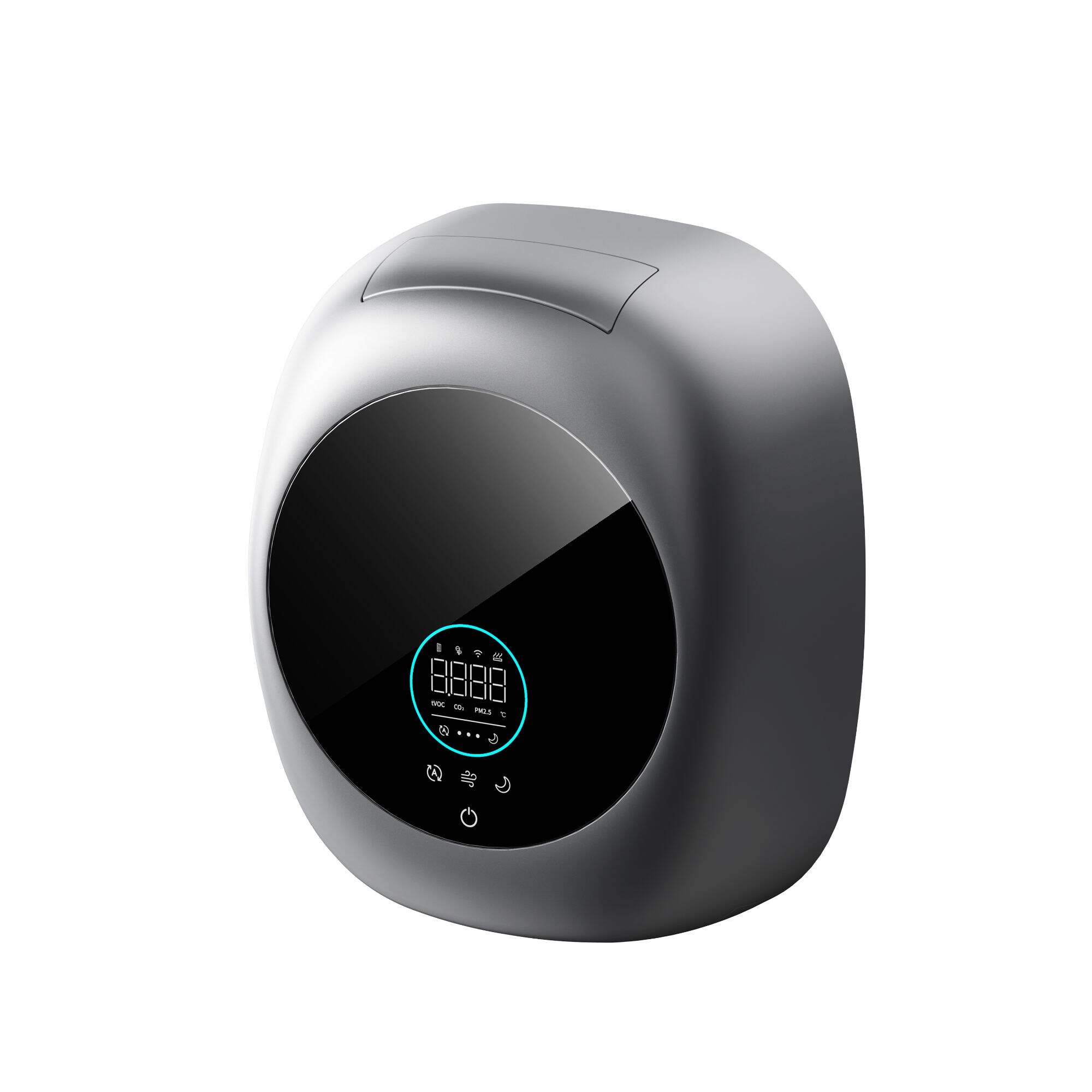Optimizing Airflow in Compact Living Areas
Understanding Airflow Challenges in Compact Spaces
The Science of Air Circulation in Small Areas
Airflow dynamics in small areas revolves around the movement and interaction of air molecules within confined spaces. This interaction is greatly influenced by several factors such as temperature, density, and humidity. Warmer air, being less dense, rises above cooler air, creating a circulation pattern that can be harnessed to improve airflow. The presence of humidity can further influence this dynamic by affecting the density of the air. Studies indicate that optimizing these conditions in a room enhances air quality and comfort. Confined spaces, therefore, require thoughtful consideration of these factors to maintain a balanced and healthy environment.
Common Obstacles to Efficient Airflow
Efficient airflow in small spaces is often compromised by common obstacles such as furniture placement, wall structures, and the size of openings. Furniture and clutter can obstruct air pathways, reducing the movement of fresh air through the area. Walls and small openings can further exacerbate this by limiting the natural flow of air. Data highlights that such obstructions correlate with increased levels of indoor air pollutants, posing risks to health and comfort. Therefore, thoughtful arrangement of furniture and minimizing clutter are essential steps to enhance ventilation and reduce pollutant accumulation.
Health Impacts of Poor Ventilation
Poor ventilation in confined spaces can lead to significant health issues, including respiratory problems and allergies. The accumulation of specific pollutants, such as mold and volatile organic compounds (VOCs), is often exacerbated by inadequate airflow. Statistics from health organizations like the Centers for Disease Control and Prevention (CDC) underline the adverse effects of poor indoor air quality on overall well-being. They stress the importance of adequate ventilation as a protective measure against respiratory discomfort and long-term health risks, making it vital to address airflow challenges in small spaces proactively.
## Strategic Airflow Optimization Techniques
Smart Furniture Arrangement for Uninterrupted Flow
Arranging furniture strategically is crucial for optimizing airflow and preventing the creation of dead zones in compact spaces. By considering the layout design, one can facilitate better air circulation and enhance indoor comfort. An open-plan design, for example, can significantly boost the movement of air by ensuring unobstructed pathways. Additionally, placing larger furniture pieces against walls while avoiding blocking vents can further enhance airflow. Research indicates that optimized furniture arrangements improve perceived comfort and air quality, which is crucial in smaller rooms or apartments.
Cross-Ventilation Hacks for Apartments
Utilizing cross-ventilation is a practical approach to enhancing airflow in tight spaces such as apartments. Simple hacks like opening windows on opposite sides of a room can significantly improve ventilation and create a refreshing breeze. Installing fans strategically can also help maximize airflow, especially during warmer months. Understanding wind directions and temperature variances can help residents optimize cross-ventilation effects. This technique is effective in reducing the need for artificial cooling and thus energy costs, as supported by various case studies demonstrating successful setups in small apartments.
Using Window Modifications Effectively
Modifying windows can be a powerful method for improving airflow in homes. Installing vents or using specialized screens can facilitate fresh air movement while maintaining privacy. Adjustable window treatments, such as blinds or shutters, can be tailored to optimize air circulation without sacrificing interior aesthetics. Several manufacturers have developed innovative window solutions to enhance indoor ventilation effectively, proving the efficacy of these modifications in improved airflow and overall comfort in domestic environments. By deploying these strategies, one can significantly enhance home ventilation and contribute to improved indoor air quality.
Top Airflow Solutions for Small-Scale Living
Home 3-in-1 HEPA Filter Air Purifier with Aromatherapy
The Home 3-in-1 HEPA Filter Air Purifier with Aromatherapy is an ideal solution for improving air quality in compact living spaces. Equipped with a highly efficient HEPA filter, this air purifier effectively removes dust, pollen, and other airborne particles, ensuring cleaner and fresher air. The addition of aromatherapy not only enhances the atmosphere by diffusing calming scents but also contributes to psychological well-being. Users have applauded its dual functionality, noting improvements in both air quality and mood. Incorporating this product can significantly improve small space living, ensuring a healthier environment.
Touch Control Small Size Air Purifier with Night Light
The Touch Control Small Size Air Purifier is designed with user convenience in mind, particularly for small rooms. Its intuitive touch control interface allows for easy adjustments, making it user-friendly for people of all ages. Adding to its practicality is the built-in night light feature, which provides ambient lighting for comfort during nighttime use. Customer reviews highlight its effectiveness and popularity, particularly noting the ease of operation and the soothing night light that enhances the bedtime routine in compact living setups.
Household Smart Air Quality Monitor Large Air Purifier
This large air purifier with a smart air quality monitor is a powerhouse for maintaining optimal indoor air conditions. By offering real-time tracking, it allows users to assess and adjust their ventilation strategies effectively. This smart feature optimizes performance, catering to the specific needs of any space, particularly smaller ones where air quality monitoring is crucial. Brands offering these models are recognized for their innovative designs and high customer satisfaction, providing reliable solutions for indoor air management.
Household Fresh Air Ventilator with PTC Heater
The Household Fresh Air Ventilator with PTC Heater is a versatile device that not only ventilates but also provides warmth. This dual functionality makes it perfect for small spaces, offering comfort through every season. The PTC heater is energy-efficient, saving on heating costs by adjusting power based on ambient temperature. Users report satisfaction with its quiet operation and ease of control, enhancing both comfort and air quality without disrupting home activities.
## Maintenance Practices for Sustained Air Quality
Filter Replacement Schedules Demystified
Understanding the timing for filter replacement is crucial for maintaining high air quality and efficient HVAC operation. Generally, air filters should be replaced every 1-3 months, depending on factors like usage frequency, environmental conditions, and filter type. For instance, in areas with high pollen or dust, more frequent replacement may be necessary. Different filters, such as HEPA, electrostatic, and carbon filters, have varying maintenance needs. HEPA filters, known for their high efficiency, are typically replaced less often due to their robust filtration capabilities. For optimal performance, experts recommend adhering to a replacement schedule aligned with the manufacturer's guidelines to prevent issues like restricted airflow or reduced filtration efficiency.
Cleaning Protocols for Compact Systems
Proper cleaning protocols are imperative to ensure compact systems, like air purifiers and small ventilation units, remain effective in eliminating dust and allergens. Regular cleaning involves dusting external surfaces and vacuuming interior components to prevent clogging. Safety practices, such as turning off systems and using soft-bristle brushes, are essential to avoid damage. Industry standards indicate that thorough cleaning should occur at least every three months, though monthly cleanings may be advisable in more polluted environments. Utilizing specialized tools, like HEPA-filtered vacuum cleaners, can enhance the cleaning process and contribute to maintaining system efficiency.
Energy-Efficient Operation Tips
To run ventilation systems efficiently while preserving air quality, it's important to apply energy-saving tips strategically. Programmable settings, such as timers on thermostats, optimize the balance between airflow and power consumption. These settings enable adjustments to coincide with occupancy, enhancing both comfort and cost savings. Research indicates that leveraging energy-efficient strategies can significantly reduce energy bills while maintaining desired air conditions. Additionally, setting fans to "ON" rather than "AUTO" ensures continuous air circulation, though this should be managed to not overly increase energy use. Such practices not only contribute to financial savings but also support environmental sustainability by reducing overall energy demand.
## FAQs: Airflow Optimization in Tight Spaces
Can Plants Improve Ventilation in Tiny Homes?
Indoor plants can play a significant role in enhancing air quality and even facilitating minor improvements in airflow. Certain plants are known for their air purification properties, which help in removing toxins and pollutants from indoor environments. Some popular air-purifying plants include the snake plant, peace lily, and spider plant. Strategically placing these plants near air entry points can optimize their positive effects. Research supports the benefits of incorporating plants into indoor spaces, showing an improvement in overall air quality and a reduction in indoor pollutants, thus creating a healthier living environment.
Balancing Humidity Without Sacrificing Space
Maintaining the right humidity levels in compact living areas is crucial for preserving air quality and preventing health issues. To balance humidity without using bulky equipment, one can employ several techniques. Use dehumidifying plants like Boston fern or English ivy which help control moisture levels naturally. Ensure proper ventilation by opening windows and utilizing exhaust fans, especially in kitchens and bathrooms, to expel excess moisture. The relationship between humidity control and air quality is important, as high humidity can lead to mold growth and respiratory issues, while too low humidity can cause dryness leading to skin irritation and respiratory discomfort.
When to Upgrade vs. Modify Existing Systems
Determining whether to upgrade your HVAC systems or modify existing layouts requires careful analysis. When faced with frequent repairs or inefficiencies in current systems, considering an upgrade may be beneficial. Conducting a cost-benefit analysis can simplify decision-making; weighing upfront costs of new installations against ongoing repair and operating costs of old systems. Modifications can be a cost-effective alternative if your existing system has a solid foundation but requires adjustments for optimal performance. Industry experts suggest considering an upgrade when operational inefficiencies persist despite routine maintenance and when the lifecycle of the current system is nearing its end, ensuring a balance between performance and cost-efficiency.

 EN
EN
 AR
AR
 NL
NL
 FR
FR
 DE
DE
 EL
EL
 HI
HI
 IT
IT
 JA
JA
 KO
KO
 PL
PL
 PT
PT
 ES
ES
 ID
ID
 VI
VI
 TH
TH
 TR
TR
 MS
MS




